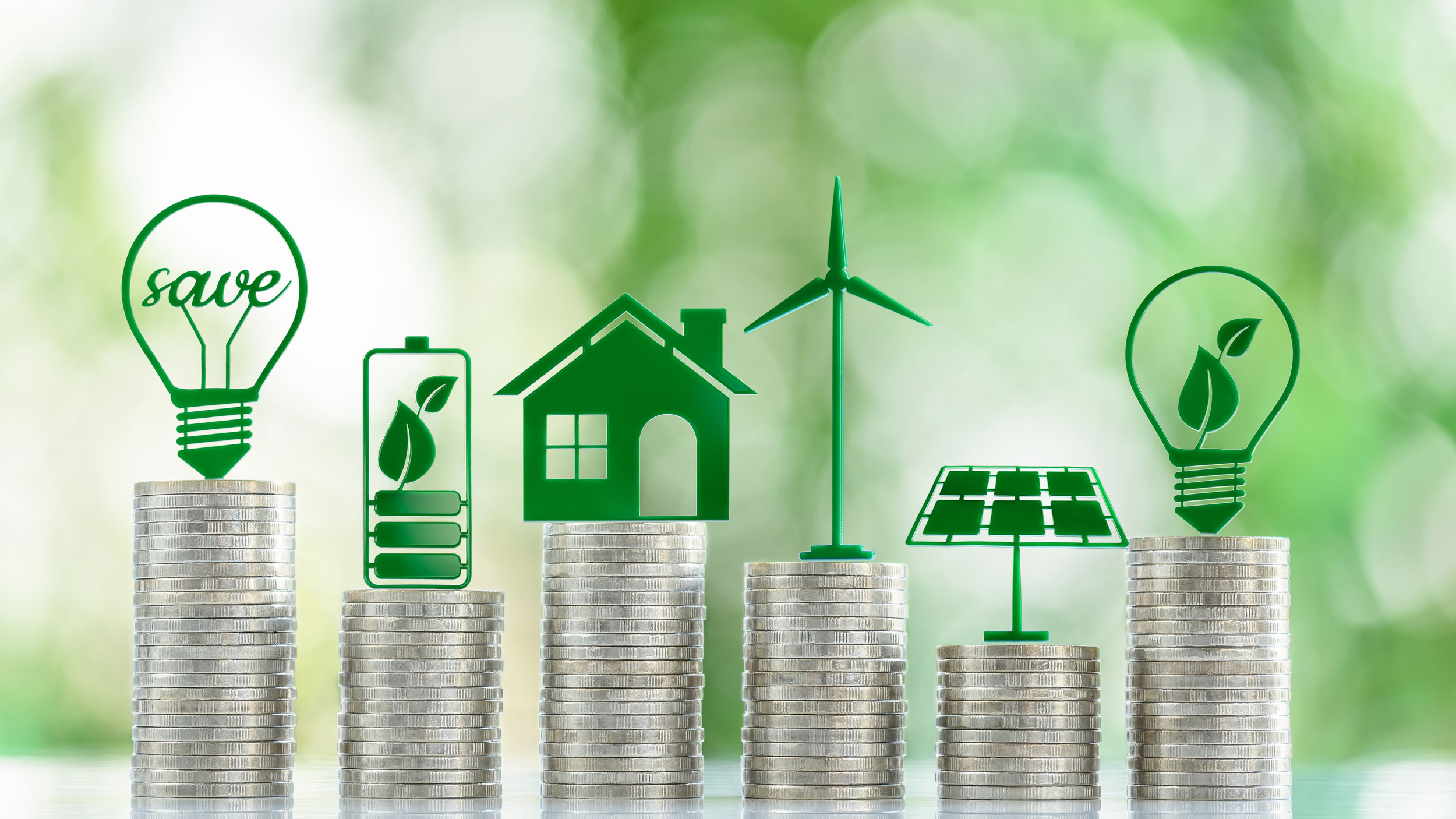Isla Globus-Harris, an assistant professor of economics at Colgate University, and Nathan Chan, of the University of Massachusetts, Amherst, have completed research that aims to guide policymakers in achieving optimal results when they allocate environmental subsidies to consumers. Their paper, “On Consumer Incentives for Energy-efficient Durables,” was published in March in the Journal of Environmental Economics and Management and analyzes the types and levels of subsidies to purchasers of durable goods most likely to have the best outcomes.
Governmental subsidies of energy-efficient appliances like dryers, air conditioners, and thermostats are widespread. The idea is to induce consumers to purchase an environmentally friendly appliance in return for a cash rebate or discount. One of the defects of these programs, says Globus-Harris, is that they are often not strategically targeted to maximize the intended environmental benefits. “This is an area where there seems to be a lot of low-hanging fruit for win-win improvements,” she says. “It’s a place where I feel like I can be useful in informing people how to get more environmental benefits for less cost.”
As Globus-Harris explains, subsidizing the purchases of goods for environmental gains is, right out of the gate, a subpar solution — in economic terms at least. “Economists worry about externalities, as when someone engages in an activity like driving a car that unintentionally harms the environment as a side effect,” she says. “The best policy for something like that, from an economist perspective, is to charge people for the damage they are causing to the environment. So, for the case of something like heating your home, that would mean taxing the natural gas you use.” Taxing energy usage in this way is typically not politically palatable, so subsidies are instead implemented by policymakers to achieve environmental improvements.
When Globus-Harris started investigating the literature around energy-efficiency policy design, though, it was clear there was a paucity of research on how to best design subsidies. “Economists tend to focus on what we call the first-best policy, the absolute best thing you could do,” she explains. “There seem to be a lot of holes in looking at what policies we actually put into place when the best practice isn’t feasible, so I’ve built my research agenda filling in those holes.”
The problem with subsidies, as Globus-Harris and Chan point out, is that models for determining best practices tend to leave out an important factor: consumer behavior. “Environmental costs are pretty well documented. Depending on where your energy is coming from — say, natural gas — you can find that cost in previous research,” says Globus-Harris. The research gap Globus-Harris is working to remedy in subsidy modeling is inefficiencies that result from real-world circumstances, where consumers don’t or can’t take advantage of an energy-efficiency improvement, decreasing the impact of the policy. “We call these internalities. They can result from consumers being credit constrained or having liquidity constraints, or otherwise shortsighted in their financial decision-making,” says Globus-Harris. “Our optimal policy adjusts for that, and if there’s an extra cost or financial obstacle preventing people from doing these upgrades, that increases the optimal subsidy. Furnaces, air conditioners, refrigerators, insulation, windows, even shower heads — these subsidy programs are all over the place, so I would hope that this kind of research could inform policymakers on where to best direct their funds.”
In some cases, environmental subsidies work against their intent, decreasing an intended environmental benefit — a phenomenon referred to as the rebound effect — and, in extreme cases, make things worse — known as backfire. In a study of consumers in Mexico who received subsidies for the purchase of air conditioners, a study that Globus-Harris and Chan examine in their own paper, recipients actually used more energy with their new, energy-efficient units, as they found they could cool their homes more cheaply, and subsequently lowered the thermostat or ran the air conditioners more often. “It’s great for the consumer because they’re at a more comfortable temperature, but it erodes the environmental benefits when a behavioral response isn’t taken into account when designing the policy. If you’re trying to improve the environment, this is not a place we should be putting government money,” Globus-Harris says. Researchers found, on the other hand, that refrigerator subsidies work well. “If you get a more efficient refrigerator, you’re not going to leave the door open. These subsidies really decreased electricity usage.”
The models that Globus-Harris and her colleague created to calculate subsidy effectiveness essentially plot the complex relationships between variables such as environmental benefits, subsidy amounts, and energy demand. The tool allows policymakers to plug in inputs and find a strategy for a subsidy offer to consumers that would have the most environmental benefit.
The way subsidies or rebates are structured is another piece of the puzzle, though one that Globus-Harris and Chan did not tackle directly in their paper. “A lot of rebates require people to pay out of pocket, and they get the money back six months or a year later,” says Globus-Harris. “That is not going to work for a low-income household that is financially constrained. You need to structure it like a subsidized loan, or have a utility pay for the appliance up front instead of making people pay out of pocket.”
Next up for Globus-Harris is an analysis of how environmental benefits are affected depending on whether policymakers target high-income or low-income households. “It’s a similar model, and what we’re trying to get at is the underlying question of whether there’s a trade-off between environmental benefits and distributional equity,” she says. “The answer, so far, is it depends. We’re in the process of characterizing different factors, and under what conditions it is both most environmentally beneficial and most equitable to target these subsidies toward low-income groups.”

